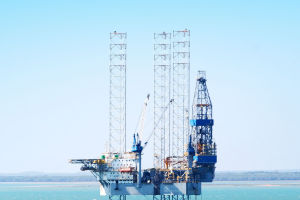An undersea tunnel, also known as an immersed tunnel, is a type of transportation tunnel that is constructed beneath the seabed.
1. History and Construction
The first undersea tunnel was constructed in 1843, connecting Folkestone, England to Calais, France. This tunnel was used for telegraph cables and was not designed for human transportation.
The first undersea tunnel designed for transportation was the Mersey Railway Tunnel, which was opened in 1886 and connected Liverpool and Birkenhead in the United Kingdom.
Since then, many undersea tunnels have been constructed around the world, including the Seikan Tunnel in Japan, the Channel Tunnel between England and France, and the Chesapeake Bay Bridge-Tunnel in the United States.
The construction process for undersea tunnels is complex and involves several stages, including dredging, excavation, and the placement of prefabricated tunnel sections.
Once the tunnel sections are in place, they are sealed and the tunnel is pumped dry so that construction can continue.
2. Advantages and Disadvantages
Undersea tunnels offer several advantages over other types of transportation infrastructure.
They are often faster and more efficient than ferries or bridges, and they can withstand harsh weather conditions that would make other forms of transportation impossible.
In addition, undersea tunnels are less disruptive to the environment than bridges or surface tunnels, as they do not require large support structures.
However, undersea tunnels also have several disadvantages. They are expensive to construct and maintain, and they require specialized equipment and expertise.
In addition, undersea tunnels can be difficult to access in the event of an emergency, which poses a safety risk for passengers and crews.
3. Significance
Undersea tunnels have played a significant role in the development of transportation infrastructure around the world.
They have made it possible for people and goods to travel quickly and efficiently between different areas, and they have facilitated economic growth and development.
In addition, undersea tunnels have become a symbol of human ingenuity and engineering prowess, demonstrating our ability to overcome even the most challenging environmental obstacles.
Undersea tunnels are a fascinating and important part of transportation infrastructure around the world. It is one of the wonders of human architecture.
As technology continues to advance, we will likely see more undersea tunnels being constructed in the future, connecting people and places in new and exciting ways.


